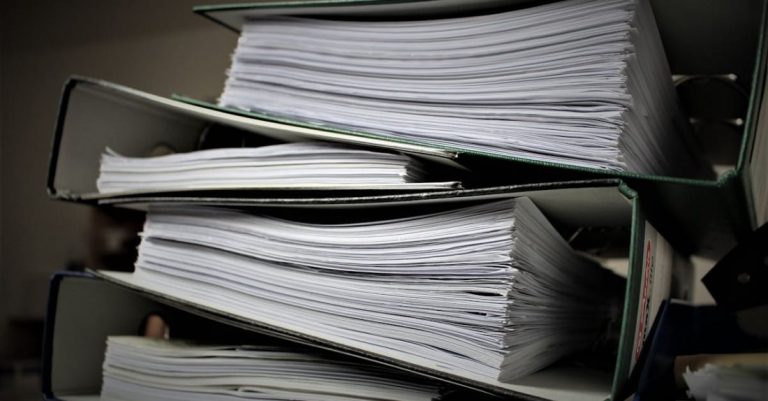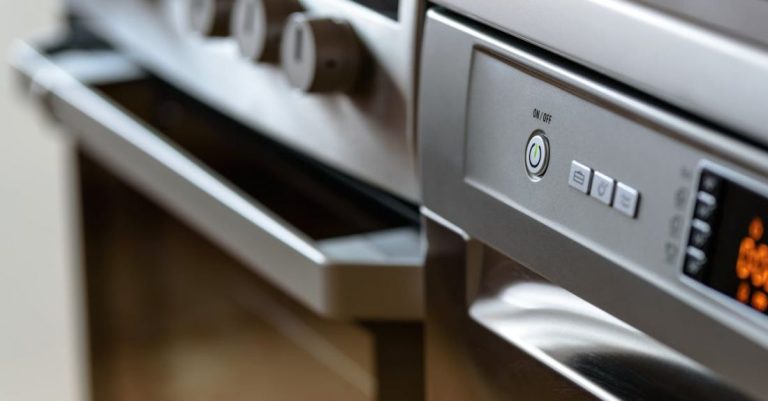
Creating a Water-efficient Irrigation System
Water is a precious resource, and as the global population continues to grow, the demand for water is increasing. Inefficient irrigation systems can lead to water wastage, which is not only harmful to the environment but also impacts your utility bills. By implementing a water-efficient irrigation system, you can conserve water while ensuring that your plants receive the necessary hydration to thrive. Here’s how you can create a water-efficient irrigation system for your garden or lawn.
Choose the Right Irrigation Method
The first step in creating a water-efficient irrigation system is to choose the right method for watering your plants. There are several options available, including drip irrigation, soaker hoses, and sprinkler systems. Drip irrigation is one of the most efficient methods as it delivers water directly to the plant roots, minimizing evaporation and runoff. Soaker hoses are another good option as they release water slowly and evenly along their length. On the other hand, sprinkler systems may lead to water wastage due to evaporation and overspray.
Consider Your Planting Layout
When designing your irrigation system, it’s essential to consider the layout of your plants. Grouping plants with similar water requirements together can help you optimize your watering schedule and prevent overwatering or underwatering. By dividing your garden into zones based on sun exposure, soil type, and plant type, you can customize your irrigation system to meet the specific needs of each area.
Install a Timer or Smart Controller
To further enhance the efficiency of your irrigation system, consider installing a timer or smart controller. These devices allow you to program your watering schedule based on the time of day, weather conditions, and plant needs. By automating your irrigation system, you can ensure that your plants receive the right amount of water at the optimal time, reducing water wastage and promoting healthy plant growth.
Use Mulch to Retain Moisture
Mulch is a simple yet effective way to conserve water in your garden or lawn. By spreading a layer of mulch around your plants, you can help retain moisture in the soil, reduce evaporation, and suppress weed growth. Organic mulches such as bark chips, straw, or compost not only conserve water but also improve soil health by adding organic matter as they break down.
Perform Regular Maintenance
Regular maintenance is key to ensuring that your irrigation system remains water-efficient. Check for leaks, clogs, or damaged components regularly to prevent water wastage and ensure that your plants are receiving adequate hydration. Adjust your watering schedule seasonally to account for changes in weather conditions and plant growth. By staying proactive and addressing any issues promptly, you can maximize the efficiency of your irrigation system and conserve water.
Conclusion:
Creating a water-efficient irrigation system is not only beneficial for the environment but also for your plants and your wallet. By choosing the right irrigation method, considering your planting layout, installing a timer or smart controller, using mulch, and performing regular maintenance, you can create a system that optimizes water usage and promotes healthy plant growth. With a little effort and attention to detail, you can enjoy a lush and thriving garden while conserving water for future generations.





